ALS thrust areas are organized around cross-cutting themes and include scientists from the ALS and collaborating Berkeley Lab (LBNL) divisions. They advise ALS management on science strategy, launching initiatives that result in new programs and beamline projects, prioritizing resources such as fellowship grants, and establishing collaborations with the user community and LBNL partners.
Membership is open to all members of the LBNL community. Prospective members or collaborators are encouraged to contact the appropriate thrust area co-chairs, whose contact information is linked to below.
The ALS Science Council is an internal advisory board, comprised of thrust area co-chairs and members of ALS scientific management. The Science Council selects ALS fellowship recipients, prioritizes beamline, endstation, and LDRD (Laboratory-Directed Research and Development) proposals, participates in DOE science highlight selection, allocates the budget for the ALS colloquium series, and participates in award nominations and other recognition.
Resource: Charter for ALS Thrust Areas, Science Council, and Science Council Chair
Thrust Areas
Biosciences
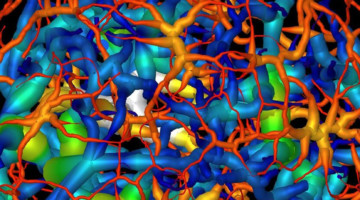
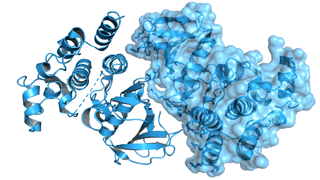
Synchrotrons, and in particular the broad spectrum of light at the ALS, provide unique insight into biology. The ability to capture atomic details of biomolecules is critical to understanding biological mechanisms, catalysis, and thermodynamics. The ALS’s throughput, enabled by the powerful synchrotron light, continues to be key in drug discovery to fight diseases. Beyond macromolecules, synchrotrons enable multimodal techniques to visualize cells and tissues, and together, the techniques provide a multiscale perspective on biological processes.
The Biosciences Thrust Area (BIOTA) is devoted to developing and applying synchrotron methods that span gaps in our understanding of biology. It seeks to bridge the scales of biology – structures at the atomic to multicellular scales, dynamics from microseconds to days, homogeneous systems of one molecular type to heterogeneous compositions made of multiple chemistries, and energetics from covalent bonds to those involved in the hierarchical assembly of ordered biostructures – by integrating information not only from synchrotrons but also from complementary techniques that the biological community has developed.
Co-chairs: Greg Hura and Jay Nix
Chemical Transformations
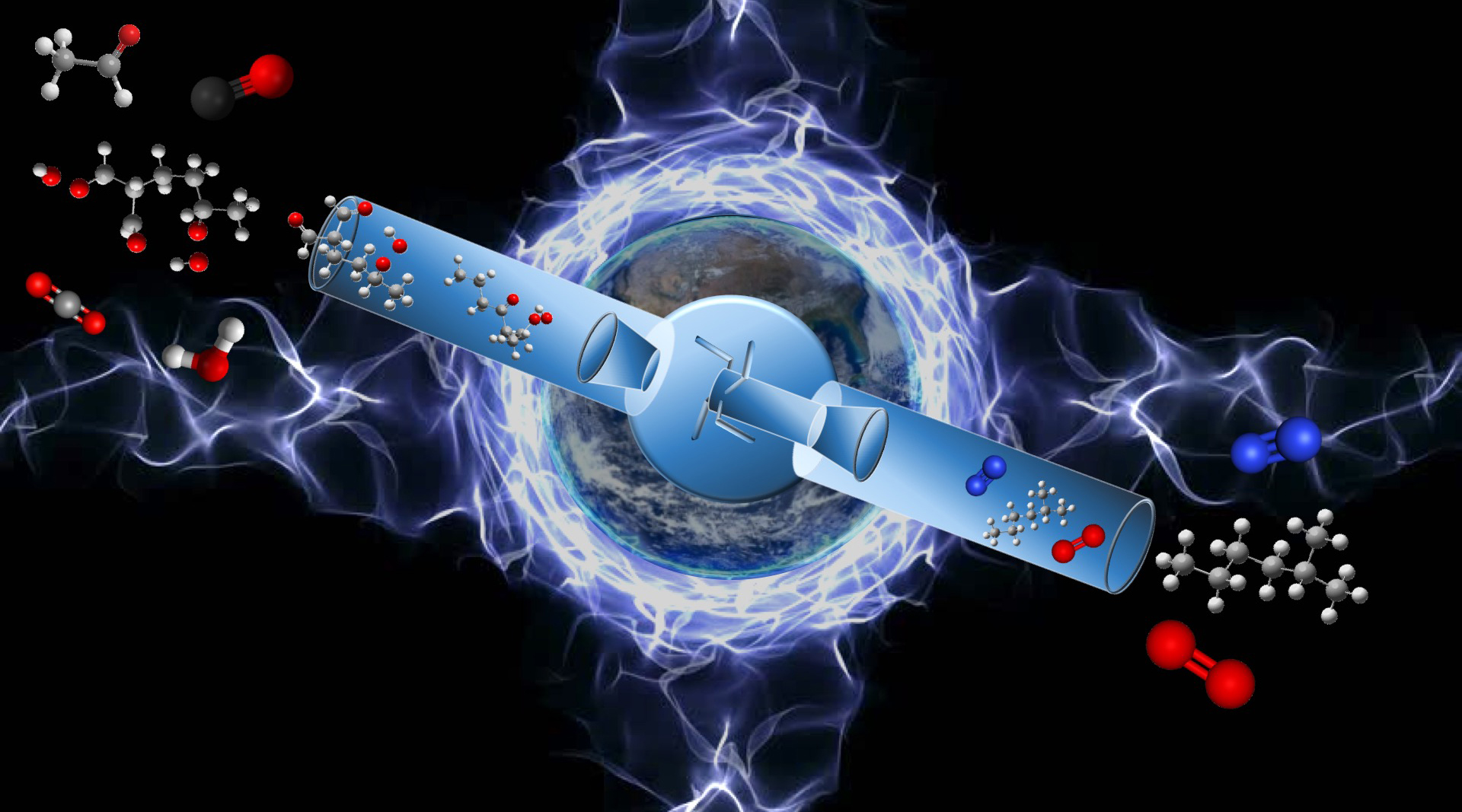
 The Chemical Transformations Thrust Area focuses on the kinetics, energetics, and products of chemical reactions and transformations in diverse environments, ranging from ultrahigh vacuum (UHV) to ambient and even higher pressures, in the presence of gas, liquid, and solid interfaces and homogeneous and heterogeneous (electro)catalysts.
The Chemical Transformations Thrust Area focuses on the kinetics, energetics, and products of chemical reactions and transformations in diverse environments, ranging from ultrahigh vacuum (UHV) to ambient and even higher pressures, in the presence of gas, liquid, and solid interfaces and homogeneous and heterogeneous (electro)catalysts.
Devices currently in use or being developed for selective and efficient heterogeneous catalysis, photocatalysis, energy conversion, and energy storage rely heavily on diverse multiscale phenomena, ranging from interfacial electron transfer and ion transport occurring on nanometer and picosecond scales to macroscale batteries that charge in hours and catalytic reactors with turnover times of seconds.
ALS soft, tender, and hard x-ray beamlines, which have innovative scientific and operando instrumentation capabilities, can probe these dense environments with atomic and chemical contrast spanning a large spatiotemporal range, thereby providing unique fundamental information about these functioning mesoscale chemical devices. In particular, the ALS’s ambient-pressure techniques, jets, and flow cells enable the study of chemical reaction pathways in realistic environments, in combination with diffraction, imaging, and spectroscopy techniques that are used to identify chemical states and molecule structures. The future ALS’s high brightness and coherence allow small sample volumes to be probed and spatial and chemical information to be correlated. This thrust area also specializes in integrating computational modeling techniques with spectroscopic tools.
Co-chairs: Moni Blum and Anders Glans
Complex Materials & Interfaces
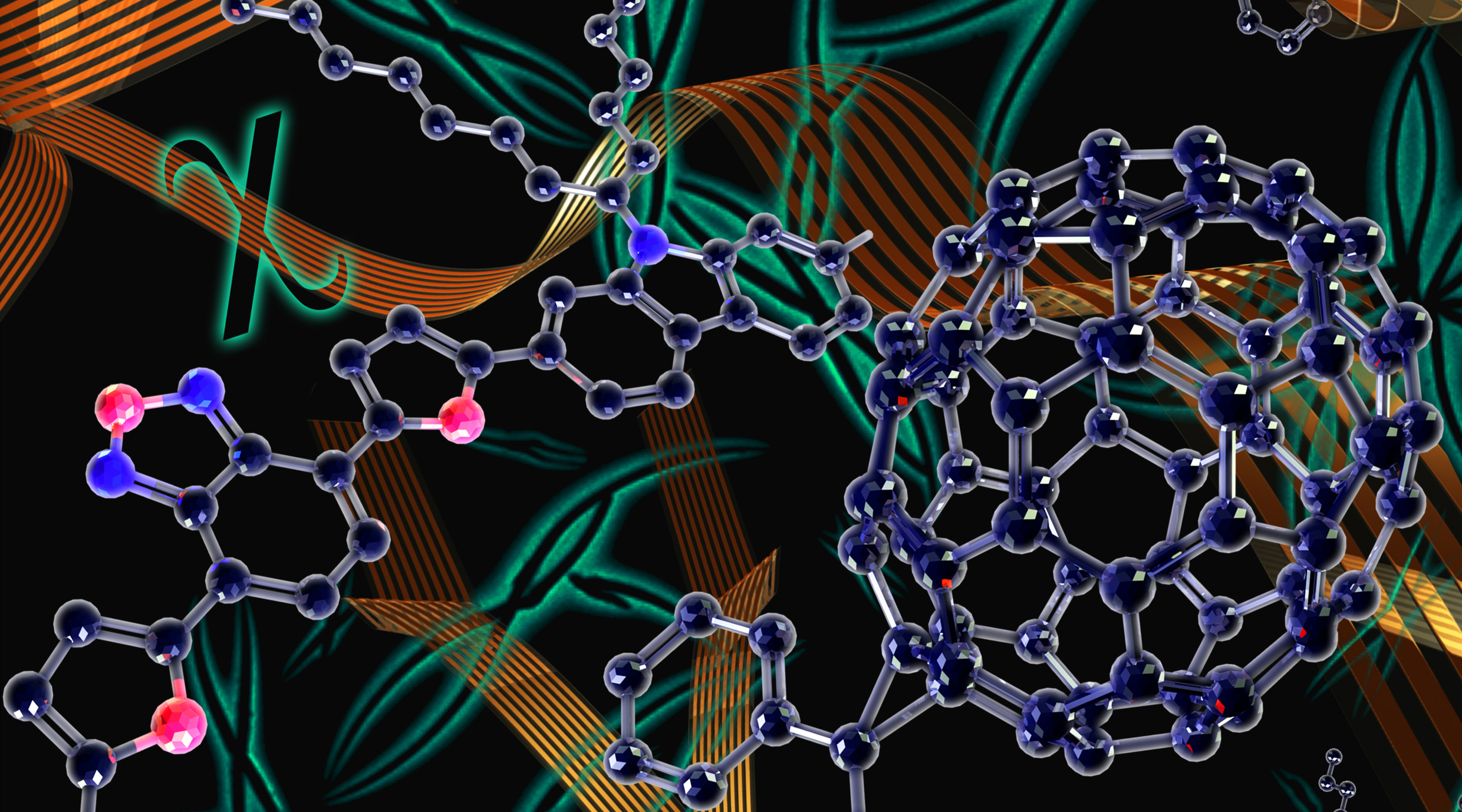
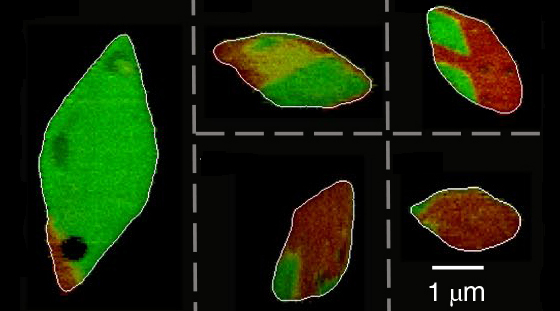
The Complex Materials and Interfaces Thrust Area seeks to advance our understanding of how function emerges from structure in artificially patterned and self-organized systems, which exhibit nanometer- to micrometer-scale electronic, structural, and chemical heterogeneity.
Whether bottom-up grown, top-down engineered, or naturally heterogeneous, materials such as fuel cells, batteries, and solar cells are of critical importance to our energy future. In such hierarchical systems, function at the atomic and molecular scale relies on the chemical composition and crystal structure, while at the mesoscale, functions depend upon the transport of electrons, spins, and ions through the material and across interfaces.
The ALS offers a range of microscopy, scattering, and crystallography tools that allow researchers to determine the electronic, chemical, magnetic, and physical structure of such multiphase systems. The ALS’s time-dependent scattering and imaging techniques enable the study of growth processes, crystallization, mechanical transformations, and phase transitions. High brightness and x-ray coherence allow nanometer-scale spatial resolution to be reached in combination with fast real-time and time-correlation measurements. This thrust area also covers the development of high-throughput data acquisition, visualization, manipulation, and analysis techniques and strategies.
Chair: Greg Su and Cheng Wang
Earth & Environmental Systems

 The Earth and Environmental Systems Thrust Area (EESTA) connects Berkeley Lab’s Earth and environmental scientists with the ALS’s advanced characterization tools, which employ a broad spectral range (IR, soft, tender, and hard x-rays) to examine the structure and function of natural systems across spatial scales spanning the atomic scale to the macroscale.
The Earth and Environmental Systems Thrust Area (EESTA) connects Berkeley Lab’s Earth and environmental scientists with the ALS’s advanced characterization tools, which employ a broad spectral range (IR, soft, tender, and hard x-rays) to examine the structure and function of natural systems across spatial scales spanning the atomic scale to the macroscale.
The ALS’s multimodal, in situ, high-resolution 2D and 3D imaging, spectromicroscopy, scattering, and diffraction techniques are used in tandem with traditional laboratory techniques. With these tools at hand, EESTA promotes the development of characterization methods for hierarchical natural systems with a special emphasis on problems with high societal impact within research focused on the critical zone, water cycle, geo/mineral physics, planetology, volcanism, geochemistry, geomicrobiology, and critical elements.
The high brightness, coherence, and broad spectral range of the ALS’s synchrotron radiation allows in situ and operando direct probes of the chemistry and structure of minerals and geo-relevant molecular species to better understand complex processes occurring in natural environments. These include processes under ambient and non-ambient conditions as they occur throughout the planet and beyond, from core to interplanetary space.
Co-chairs: Martin Kunz and David Shapiro
Quantum Materials Research & Discovery
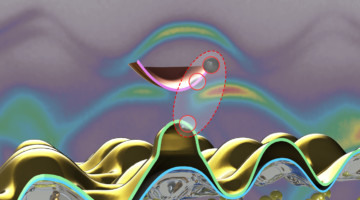
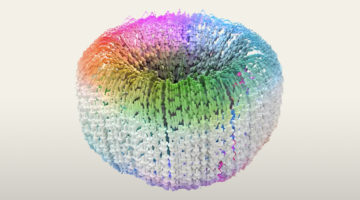
The Quantum Materials Research and Discovery Thrust Area aims to advance the development and understanding of new synthetic materials and their electronic, spin, chemical, and physical properties. This work addresses problems of condensed matter physics related to spin and quantum properties of materials, including atomically engineered multilayers, 2D materials, and materials that exhibit unusual topological electronic structures.
The ALS offers a comprehensive set of tools and expertise in developing synchrotron-based spectroscopy, scattering, and imaging techniques and collaborates with a diverse community to enable this research. High-brightness synchrotron x-ray beamlines expand the capabilities into nanoscale probing of electronic and magnetic properties and ordered phases. The thrust also advances experimental strategies that integrate materials synthesis, machine learning, and x-ray characterization.
Co-chairs: Christoph Klewe and Hendrik Ohldag
Instrumentation & Computing
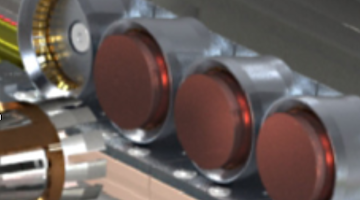
 The Instrumentation and Computing Thrust Area brings together instrumentation experts, beamline scientists, and partners who advance the state-of-the-art and advise the ALS about instrumentation R&D opportunities in the areas of x-ray optical technologies and diagnostics, sample environments, controls and computing, endstation instrumentation, and detectors.
The Instrumentation and Computing Thrust Area brings together instrumentation experts, beamline scientists, and partners who advance the state-of-the-art and advise the ALS about instrumentation R&D opportunities in the areas of x-ray optical technologies and diagnostics, sample environments, controls and computing, endstation instrumentation, and detectors.
ALS beamlines offer a variety of structural, chemical-state, magnetic, and electronic imaging techniques using light from infrared to hard x-rays. Powerful insights arise from combinations of these tools, enabling researchers to probe complex functional relationships. Further advances will arise from improvements in computing, applications of machine learning, and optical technologies that harness and exploit the coherence properties of the light.
Co-chairs: Dylan McReynolds and Antoine Wojdyla